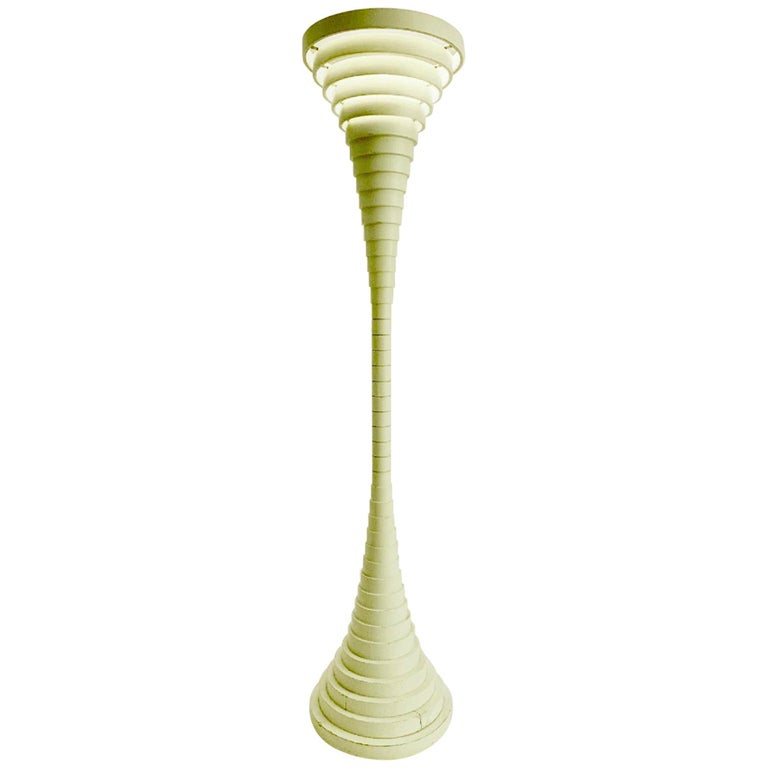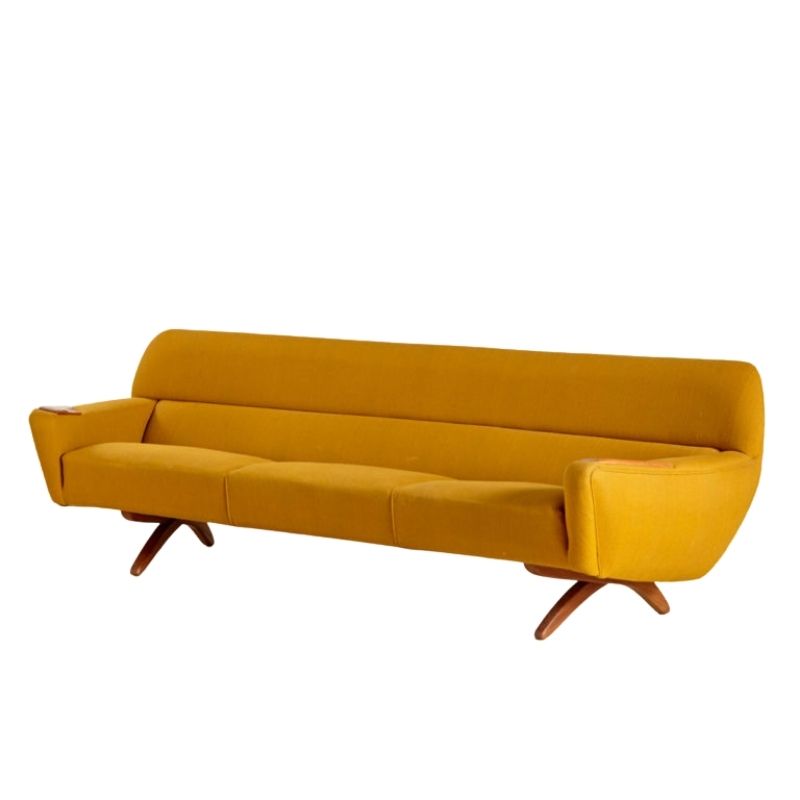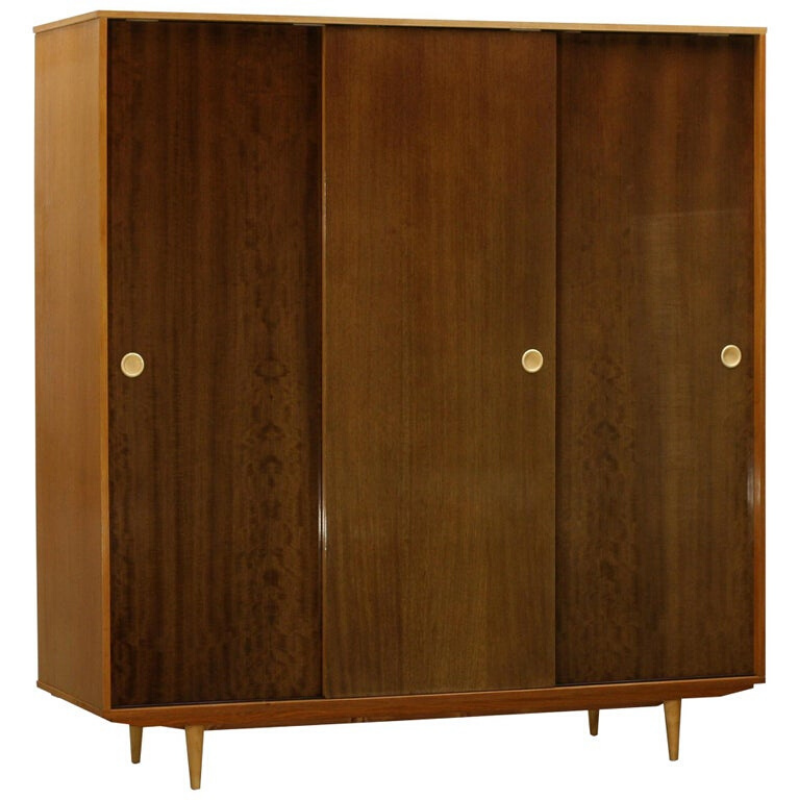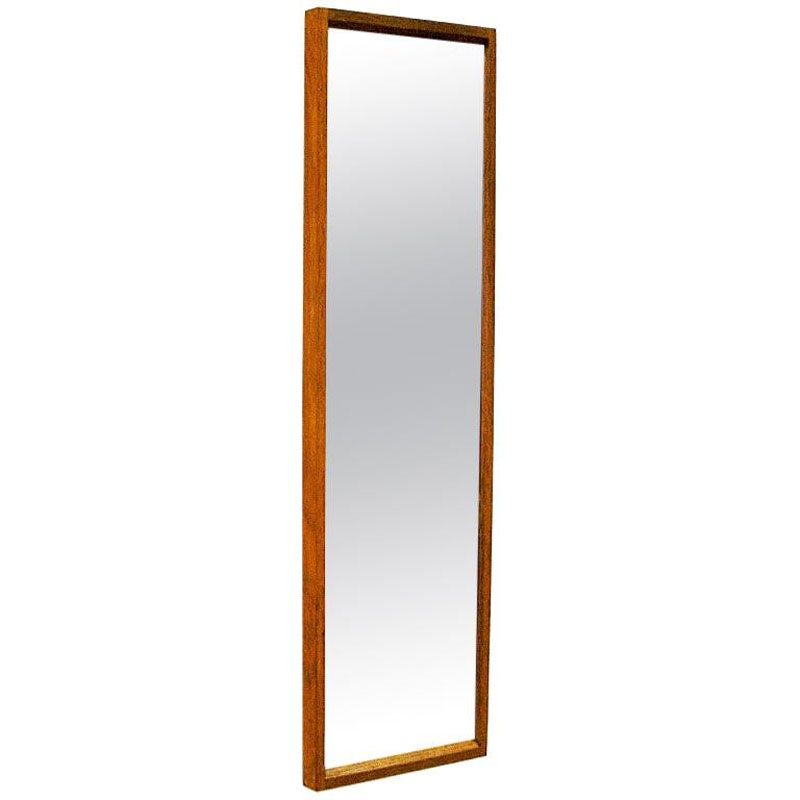Amazing. A 23.5 foot roto-molded boat. Can you imagine the size of the rig required to rotate in two dimensions a mold for a boat this size! Roto-molded boats are acquiring a following because they have: a) no wood stringers strengthening the hull to rot; b) no balsa cored side wall and deck laminates to rot; and no foam cored side wall and decks to delaminate and fail from water penetration into the foam followed by high pressure hydrologic break down of the foam core from the hull beating on the water.
Amazingly, people are also liking the way these hulls give and flex and absorb the wave impacts rather than remain stiff as traditional fiberglass and thick plate aluminum boats.
Can't say as I love the lines, but I love no rot and no crappey foam cored delamination of hulls.
http://www.triumphboats.com/index.cfm?page=ModelPhotos&siniterx=235CC
.
found this link looking for rotomolded boats and car bodies (?????).
Up the road from me is a factory that makes huge RM water tanks, theyre ugly as sin, surely we could have some sculptural water tanks, Anish Kapoor style 🙂 O even modular tanks similar to the project in the link that can act as units for water transport or be moved to drought affected areas at need.
http://blobwallpavillion.wordpress.com/
kdc,
oops!
I meant to say that that Little Tikes scoot car is about to be acquired by a JV between Ford and GM. The JV is called General Ford. They will rebadge this Little Tike as the General Ford Nano. General Ford engineers call it a "sweat hybrid." It comes with no drive train at all. Two unemployed persons sit in it and take turns scrambling around in a circle to stay in shape while their 401ks are siphoned off by the owners of the central bank.
It is an amazing..
piece of roto-moulding indeed. But it is not that difficult to make. The challenge is really how to keep that mould warm to melt the plastic powder that has been enclosed in the mould and that will form the boat by melting against the surface. Normally this is done from the outside but I suspect that this mould is slightly different because in turning around two axes the distance between the mould wall and a stationary heat source will change dramatically in this kind of product. The key to a successful production is an even wall thickness and that can only be achieved if the wall is heated uniformly. By the way a mould of this size is not that expensive. I would estimate that from a 3D file, including the milling of an original and the aluminium casting would not cost more than $45.000. If that seems a lot consider that you can not get the injection mould for a car bumper made for four times that amount.
dcw
i just found out that the general ford nano can also be ordered with an optional "green" starter kit: two pair of heavy-soled birkenstocks, a five kilo pail of organic granola [enriched fuel] and a large bottle of spf 45.
in addition, all profits from the sales of the kit are applied directly to the purchase of carbon credits which allegedly offset emissions produced by the fleet of private jets used to transport executives to the corporate luxury retreat resort where the topic of discussion is the reduction of operating costs.
koen,
That $45k number is music to my ears.
Considering that these boats sell for about $25k to $40k depending on length and goodies, that implies a decent rate of payback even in hard times.
I am very intrigued with these roto-moulded boats for a variety of reasons.
After studying this awhile, I think they just make a lot more sense than fiberglass reinforced plastic (FRP), or aluminum plate (AP) materials for most recreational boating uses.
Handlaying FRP to get single strands running the length of the hull apparently produces a superior boat, if the naval architecture of the hull is superior and the workmanship is superb. FRP's rigidity, strength, and weight combined with deep v hull designs produce superior ride, safety and durability in big water. But to get these positives, three obstacles exist that cannot be overcome for most boats serving the bulk of the market.
First, skilled employees and low employee turn over are required to lay fiberglass correctly (i.e., uninterrupted strands bow to transom (or as long as possible). And since it is stinky, messy work, high skills and low turnover rarely occur. So: high manufacturing cost and unfeasible labor conditions drive manufacturers to use fewer layers of fiberglass, and to laminate FRP on cheap cores that either rot (balsa), or get soaked (foams) from capillary action from the inevitable chipping and cracking that occurs when FRP hulls hit rocks and docks. It turns out water saturated foam, when a hull is smashing on big waves, becomes a kind of hydrologic pump forcing water between the FRP layers and the core foam. Delamination between FRP and the foam core results. Balsa wood's grain, if laid in the proper directions, works great for contributing positively to longitudinal rigidity, but again, it rots, and replacing rotten core in fiberglass is costly. And, of course, to get the legendary strength of FRP, one has accept its weight (to get the good ride) and associated lousy gas mileage. And one has to resort to wood stringers that rot. And when one resorts to enclosing wood stringers in laminate also, one often simply creates a encasement to crack and draw the water into it. More rot. And if one leaves the wood out entirely, then one either resorts to composite stringers of equivalent strength to wood but with greater cost, or composite stringers that add significantly less stiffness to the FRP and so leave you with a suboptimal hull in terms of stiffness.
pt.2
So unless you, or someone else can improve on the FRP process, or unless we all descend to peonage and so are forced to work as fiberglass workers, FRP seems a moribund material and technology for high volume recreational boat building.
Alternatively, aluminum plate boats seem a dead end, too. Aluminum plate (using 3/16" thick aluminum for bottom and only slightly less for sides) is very big in the Pacific Northwest of USA,and in parts of Australia, where boat hulls often interface with rocky shores and estuary bottoms. And TIG welding makes assembly pretty quick and clean, in comparison to handlaying FRP for similar strength and rigidity. Thick aluminum plate takes major impacts and tends to dent rather than puncture. And the dents can be pounded out, or cut out and welded back into place. Aluminum plate also reduces the short term risk of galvanic corrosion of aluminum (yes, aluminum rusts, it just does so in a different chemical processes and it turns grey and white instead of reddish brown), by the brute force method of making it thicker, plus by adding sacrficial annodes of zinc, so it takes longer for the combination of salt and fresh water minerals to combine with electric currents from shorts in marinas outlets to dangerously compromise boats. But the bottom line is these babies ARE going to slowly rust away, and in salt water, you've got to bath them as carefully as a new born babe, or they corrode galvanically even faster. And the beauty of lightness normally associated with aluminum anything is compromised significantly by using plate. Its heavy. Now who wants a heavy boat you have to wash? Aluminum hates contacting any other kind of metal. Bolting stainless steel or metal to aluminum triggers corrosion faster than you can say galvanic.
To distill the above, FRP requires skilled manufacture and no penetration of it with water to retain its sterling qualities, but is always penetrated by water. Aluminum requires no exposure to salt water to retain its sterling qualities, yet it is consistently exposed to salt water (at least on oceans and estuaries).
For a long time, persons just accepted that it was unrealistic to hope for boats to be very durable.
Roto-moulded plastic (RMP) boats are not perfect. We don't know yet how they hold up to 20 years of sun and salt. But engineers seem to be able to introduce chemicals that greatly deccelerate the rate of UV decay. Boat moulding is much faster than FRP construction, even when one uses a chopper gun. And RMP boats are not quite as rigid. Well, as we have learned in motorcycle and bicycle design, optimizing elimination of flex is not always the best way to design a comfortable recreational vehicle.
Fini.
Second thread like this.
Do a search on this forum for "polyethylene boats" and you will find more on the subject. I have one, and went and had a look at the Triumph line. I love my boat and quite admire the Triumph. The Triumph are much better made than my earlier boat and seem to have solved some of the design problems. I think there is a lot of fairing that goes into the product after it comes out of the mold due to shrinkage during cooling.
Greg S
Greg S...
I was involved in that prior exchange also, but thanks anyway.
Just a few days ago, I discovered there is a pretty vocal but so far decidedly a minority group of Triumph owners expressing disatisfaction with their boats.
Triumphs have a lot of things vibrating off of them apparently, because screws are used instead of bolt throughs with substantial backing. Not sure what to make of all thing.
Also, one guy noted that while Triumph's use poly for the hull bottoms they also use some kind of foam core in the hull sides. He says this is quite similar to the way certain plastic water sport boards are made and that these tend to delaminate in about 3-4 years. Again, this is a claim, not a fact as far as I can tell.
With all the capital investment in FRP, it would not be surprising to find a lot of lurkers out on boat sites disinforming about poly boats like Triumph.
On the other hand, poly is a relatively new boat usage and it no doubt will have some down sides.
Interestingly, in Australia, and Northern Europe, where poly boats appear to be in widest use for the longest time, I haven't found any stories yet about significant problems with durability...quite the contrary.
Can I add a few things?
In any boat of this type you fill find foam. The reason is a simple American Coast guard rule. To test it they drill holes all over the hull and the rule is that the hull has to float horizontally and the edge of the boat has to make an uninterrupted wall above the water level. In other words you have to be able to empty the boat when it is floating without the support of the hollow part of the hull. There is no other way of doing this than to put in foam. Considering that foam blocks will move around during the roto-moulding you have to use self expanding foam that is injected in well chosen places. The foam will both bound properly with neither HDPE nor LDPE, so after a while it will have lost all cohesion with the hull and become loose. That has no effect at all on the strength of the boat.
It has always been tricky to make good bracket and accessories attachments in roto moulded pieces simply because you can not get in between the two walls once the hull is finished. Wherever you can come close enough with the opposite wall you can use nuts and bolds or bolds inside threaded plates etc. Of course you want to limit that to accessories above the waterline. In other places you have to use inserts. They are place inside the mould and conduct the heat in a similar fashion as the mould. By doing so the High density polyethylene powder will melt around the insert in very much the same way as it melts against the mould. There is a huge variety of inserts on the market; unfortunately very few are especially designed for HDPE. And for the kind of loads one can expect in a boat. The inserts that work well because they offer a large contact surface with the HDPE, loose heat faster during the process, so it is a kind of vicious circle. The only way of doing it well is to heat the inserts separately. It is important to use self-locking bolds because again, one can not reach the space in between the two hulls.
I did not know that the this kind of products is rather new to the North-American market but I can confirm that we used them already forty years ago on the beautiful waters of the Swedish west coast. Ours was made by the neighbours in Norway.
Thread size counts.
To fasten things on my boat, I didn't even consider that there might be inserts and I doubt there are. Where I might use a #8 screw in wood, I use a 1/4" SS Lag bolt. Most of my fittings are galvanized and I wanted to use galvanized bolts (lag screws) to match but the threads were partly plugged with galvanizing compound causing the hole to strip out if used. Bow eye is a long heavy eye bolt with a large galvanized eye nut on the inside. Stern eyes are through bolted, again with eye nuts giving lots of tie down points. Cleats at the bow are through bolted on a purpose made mount for them. Seats and side rails are all secured with 5/16 SS lag bolts. It is only the wire harness clips and the fairlead with premade chamfered holes that are held in with a regular sized screw. The galvanized hardware gives it a very functional and industrial look that I was going after. It is a shame I had to use SS in some key places.
If you need any help, please contact us at – info@designaddict.com









